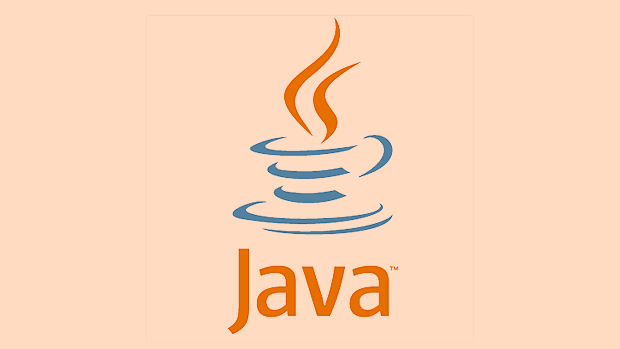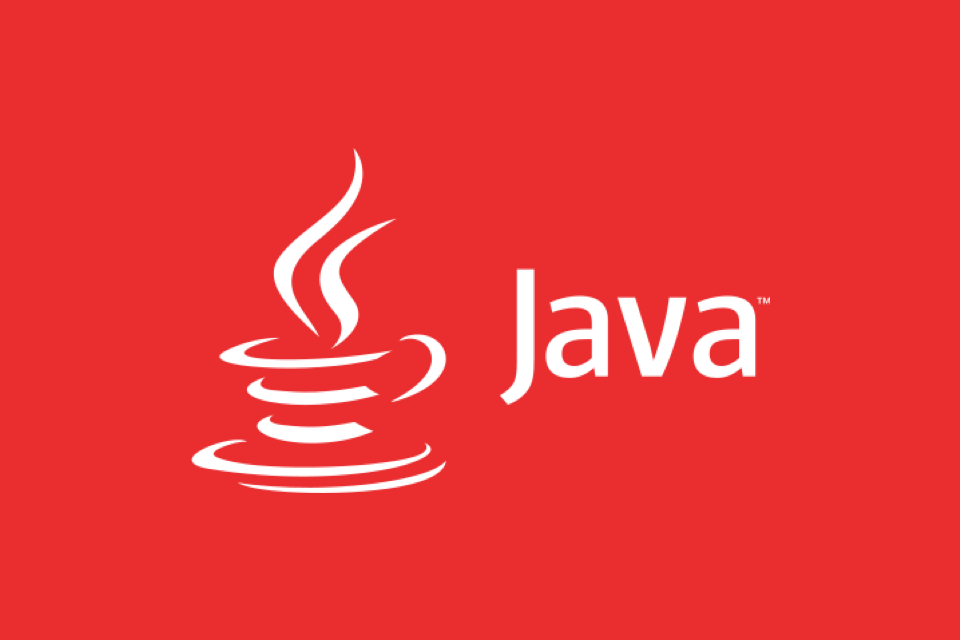Mastering Dependency Injection in Java with Spring and Guice
Dependency Injection (DI) is a design pattern where objects receive dependencies externally, promoting loose coupling and easier testing through constructor, setter, or field injection. 2. Spring Framework uses annotations like @Component, @Service, and @Autowired with Java-based configuration via @Configuration and @Bean, supports component scanning, and emphasizes constructor injection, profiles, and modular configuration for enterprise applications. 3. Google Guice relies on modules extending AbstractModule to define bindings, uses Injector for object creation, supports constructor injection with @Inject, and offers provider bindings, scopes, assisted injection, and just-in-time resolution for lightweight, high-performance applications. 4. Choose Spring for full-stack enterprise development with extensive integrations and ecosystem support, or Guice for minimal overhead, explicit configuration, and fast startup in microservices or CLI tools. 5. Best practices include favoring interfaces, avoiding circular dependencies using @Lazy or Provider

Dependency Injection (DI) is a core concept in modern Java development, enabling cleaner, more modular, and testable code. Two of the most popular frameworks that implement DI are Spring and Google Guice. While they serve similar purposes, their approaches, configurations, and ecosystems differ. Let’s explore how to master dependency injection using both, highlighting key patterns, best practices, and practical examples.

1. Understanding Dependency Injection Basics
Before diving into frameworks, it's important to understand what DI is:
- Dependency Injection is a design pattern where objects receive their dependencies from an external source rather than creating them internally.
- It promotes loose coupling, reusability, and easier testing.
- The three main types are:
- Constructor Injection
- Setter Injection
- Field Injection (not recommended for production)
Example without DI:

public class OrderService {
private PaymentGateway gateway = new StripePaymentGateway(); // tight coupling
}With DI:
public class OrderService {
private final PaymentGateway gateway;
public OrderService(PaymentGateway gateway) {
this.gateway = gateway; // injected
}
}Now, let’s see how Spring and Guice handle this.

2. Mastering DI with Spring Framework
Spring is the most widely used Java framework for enterprise applications. Its DI container is part of the Spring Core module.
Key Concepts in Spring DI
- Beans: Objects managed by the Spring IoC container.
- @Component, @Service, @Repository: Stereotype annotations to mark classes as beans.
- @Autowired: Injects dependencies automatically (can be used on constructors, setters, or fields).
- @Configuration and @Bean: Java-based configuration alternative to XML.
Example: Spring DI with Annotations
@Component
public class EmailService implements NotificationService {
public void send(String message) {
System.out.println("Email sent: " message);
}
}
@Service
public class UserService {
private final NotificationService notificationService;
// Constructor injection (recommended)
public UserService(NotificationService notificationService) {
this.notificationService = notificationService;
}
public void register(String email) {
// business logic
notificationService.send("Welcome!");
}
}Enable component scanning in configuration:
@Configuration
@ComponentScan(basePackages = "com.example")
public class AppConfig {
}Bootstrapping (main method):
public class Main {
public static void main(String[] args) {
ApplicationContext context = new AnnotationConfigApplicationContext(AppConfig.class);
UserService userService = context.getBean(UserService.class);
userService.register("user@example.com");
}
}Best Practices in Spring
- Prefer constructor injection over field injection.
- Use @Primary or @Qualifier when multiple beans of the same type exist.
- Leverage profiles (
@Profile) for environment-specific beans. - Keep configuration clean with modular
@Configurationclasses.
3. Mastering DI with Google Guice
Guice is a lightweight, fast DI framework from Google. It uses Java code (no XML) and emphasizes simplicity and performance.
Key Concepts in Guice
- Module: A class extending
AbstractModulewhere bindings are defined. - Injector: Creates and injects dependencies.
- Binding: Defines which implementation should be used for an interface.
Example: Guice DI Setup
Define an interface and implementation:
public interface NotificationService {
void send(String message);
}
public class SmsService implements NotificationService {
public void send(String message) {
System.out.println("SMS sent: " message);
}
}Create a module to bind dependencies:
public class AppModule extends AbstractModule {
@Override
protected void configure() {
bind(NotificationService.class).to(SmsService.class);
}
}Inject and use:
public class UserService {
private final NotificationService notificationService;
@Inject
public UserService(NotificationService notificationService) {
this.notificationService = notificationService;
}
public void register(String phone) {
notificationService.send("Welcome!");
}
}Main method with Guice injector:
public class Main {
public static void main(String[] args) {
Injector injector = Guice.createInjector(new AppModule());
UserService userService = injector.getInstance(UserService.class);
userService.register(" 123456789");
}
}Advanced Guice Features
- Provider bindings: For lazy or complex instantiation.
-
Scopes:
@Singleton, custom scopes. - Assisted Injection: For objects needing runtime parameters.
- Just-In-Time Bindings: Guice can auto-resolve bindings if unambiguous.
4. Spring vs Guice: When to Use Which?
| Feature | Spring | Guice |
|---|---|---|
| Ecosystem | Full-stack (Web, Data, Security) | Lightweight, focused on DI |
| Configuration | XML, Java Config, Auto-configuration (Boot) | Pure Java (no XML) |
| Learning Curve | Steeper due to size | Gentle, easier to grasp |
| Performance | Slight overhead due to reflection | Faster startup and injection |
| Testing | Excellent support with @SpringBootTest
|
Easy manual injection for unit tests |
| Flexibility | Highly extensible | Clean and minimal |
Use Spring if:
- You're building a full web application (Spring Boot).
- You need integration with databases, security, messaging, etc.
- Your team is already familiar with Spring.
Use Guice if:
- You want minimal overhead (e.g., microservices, CLI tools).
- You prefer clean, explicit configuration.
- You value fast startup and low runtime cost.
Final Tips for Mastering DI
- Favor interfaces over concrete classes – makes swapping implementations easy.
-
Avoid circular dependencies – refactor or use
@Lazy(Spring) orProvider<t></t>(both). - Write unit tests – DI makes mocking dependencies straightforward.
- Understand scopes: singleton vs prototype vs request-scoped beans.
- Keep modules/configurations organized – group related bindings.
DI is not just a framework feature — it's a mindset. Whether you choose Spring for its power or Guice for its simplicity, mastering dependency injection will make your Java applications more maintainable, scalable, and testable.
Basically, start small, inject responsibly, and let the container do the wiring.
The above is the detailed content of Mastering Dependency Injection in Java with Spring and Guice. For more information, please follow other related articles on the PHP Chinese website!

Hot AI Tools

Undress AI Tool
Undress images for free

Undresser.AI Undress
AI-powered app for creating realistic nude photos

AI Clothes Remover
Online AI tool for removing clothes from photos.

Clothoff.io
AI clothes remover

Video Face Swap
Swap faces in any video effortlessly with our completely free AI face swap tool!

Hot Article

Hot Tools

Notepad++7.3.1
Easy-to-use and free code editor

SublimeText3 Chinese version
Chinese version, very easy to use

Zend Studio 13.0.1
Powerful PHP integrated development environment

Dreamweaver CS6
Visual web development tools

SublimeText3 Mac version
God-level code editing software (SublimeText3)
 VSCode settings.json location
Aug 01, 2025 am 06:12 AM
VSCode settings.json location
Aug 01, 2025 am 06:12 AM
The settings.json file is located in the user-level or workspace-level path and is used to customize VSCode settings. 1. User-level path: Windows is C:\Users\\AppData\Roaming\Code\User\settings.json, macOS is /Users//Library/ApplicationSupport/Code/User/settings.json, Linux is /home//.config/Code/User/settings.json; 2. Workspace-level path: .vscode/settings in the project root directory
 How to handle transactions in Java with JDBC?
Aug 02, 2025 pm 12:29 PM
How to handle transactions in Java with JDBC?
Aug 02, 2025 pm 12:29 PM
To correctly handle JDBC transactions, you must first turn off the automatic commit mode, then perform multiple operations, and finally commit or rollback according to the results; 1. Call conn.setAutoCommit(false) to start the transaction; 2. Execute multiple SQL operations, such as INSERT and UPDATE; 3. Call conn.commit() if all operations are successful, and call conn.rollback() if an exception occurs to ensure data consistency; at the same time, try-with-resources should be used to manage resources, properly handle exceptions and close connections to avoid connection leakage; in addition, it is recommended to use connection pools and set save points to achieve partial rollback, and keep transactions as short as possible to improve performance.
 python itertools combinations example
Jul 31, 2025 am 09:53 AM
python itertools combinations example
Jul 31, 2025 am 09:53 AM
itertools.combinations is used to generate all non-repetitive combinations (order irrelevant) that selects a specified number of elements from the iterable object. Its usage includes: 1. Select 2 element combinations from the list, such as ('A','B'), ('A','C'), etc., to avoid repeated order; 2. Take 3 character combinations of strings, such as "abc" and "abd", which are suitable for subsequence generation; 3. Find the combinations where the sum of two numbers is equal to the target value, such as 1 5=6, simplify the double loop logic; the difference between combinations and arrangement lies in whether the order is important, combinations regard AB and BA as the same, while permutations are regarded as different;
 Mastering Dependency Injection in Java with Spring and Guice
Aug 01, 2025 am 05:53 AM
Mastering Dependency Injection in Java with Spring and Guice
Aug 01, 2025 am 05:53 AM
DependencyInjection(DI)isadesignpatternwhereobjectsreceivedependenciesexternally,promotingloosecouplingandeasiertestingthroughconstructor,setter,orfieldinjection.2.SpringFrameworkusesannotationslike@Component,@Service,and@AutowiredwithJava-basedconfi
 python pytest fixture example
Jul 31, 2025 am 09:35 AM
python pytest fixture example
Jul 31, 2025 am 09:35 AM
fixture is a function used to provide preset environment or data for tests. 1. Use the @pytest.fixture decorator to define fixture; 2. Inject fixture in parameter form in the test function; 3. Execute setup before yield, and then teardown; 4. Control scope through scope parameters, such as function, module, etc.; 5. Place the shared fixture in conftest.py to achieve cross-file sharing, thereby improving the maintainability and reusability of tests.
 Troubleshooting Common Java `OutOfMemoryError` Scenarios
Jul 31, 2025 am 09:07 AM
Troubleshooting Common Java `OutOfMemoryError` Scenarios
Jul 31, 2025 am 09:07 AM
java.lang.OutOfMemoryError: Javaheapspace indicates insufficient heap memory, and needs to check the processing of large objects, memory leaks and heap settings, and locate and optimize the code through the heap dump analysis tool; 2. Metaspace errors are common in dynamic class generation or hot deployment due to excessive class metadata, and MaxMetaspaceSize should be restricted and class loading should be optimized; 3. Unabletocreatenewnativethread due to exhausting system thread resources, it is necessary to check the number of threads, use thread pools, and adjust the stack size; 4. GCoverheadlimitexceeded means that GC is frequent but has less recycling, and GC logs should be analyzed and optimized.
 How to work with Calendar in Java?
Aug 02, 2025 am 02:38 AM
How to work with Calendar in Java?
Aug 02, 2025 am 02:38 AM
Use classes in the java.time package to replace the old Date and Calendar classes; 2. Get the current date and time through LocalDate, LocalDateTime and LocalTime; 3. Create a specific date and time using the of() method; 4. Use the plus/minus method to immutably increase and decrease the time; 5. Use ZonedDateTime and ZoneId to process the time zone; 6. Format and parse date strings through DateTimeFormatter; 7. Use Instant to be compatible with the old date types when necessary; date processing in modern Java should give priority to using java.timeAPI, which provides clear, immutable and linear
 Advanced Spring Data JPA for Java Developers
Jul 31, 2025 am 07:54 AM
Advanced Spring Data JPA for Java Developers
Jul 31, 2025 am 07:54 AM
The core of mastering Advanced SpringDataJPA is to select the appropriate data access method based on the scenario and ensure performance and maintainability. 1. In custom query, @Query supports JPQL and native SQL, which is suitable for complex association and aggregation operations. It is recommended to use DTO or interface projection to perform type-safe mapping to avoid maintenance problems caused by using Object[]. 2. The paging operation needs to be implemented in combination with Pageable, but beware of N 1 query problems. You can preload the associated data through JOINFETCH or use projection to reduce entity loading, thereby improving performance. 3. For multi-condition dynamic queries, JpaSpecifica should be used







